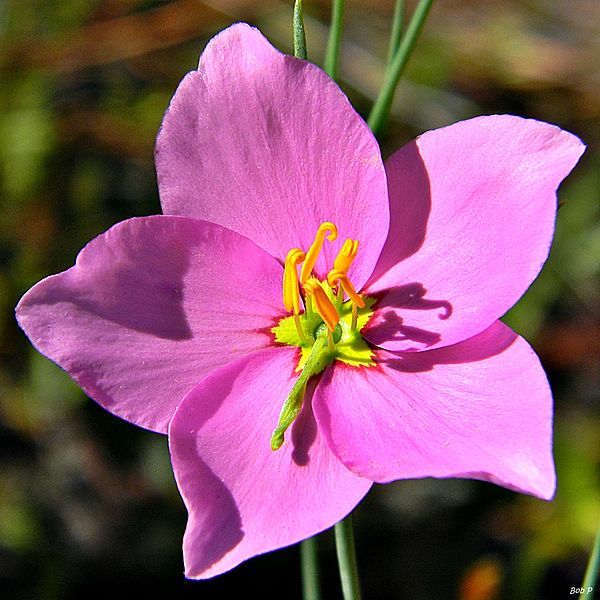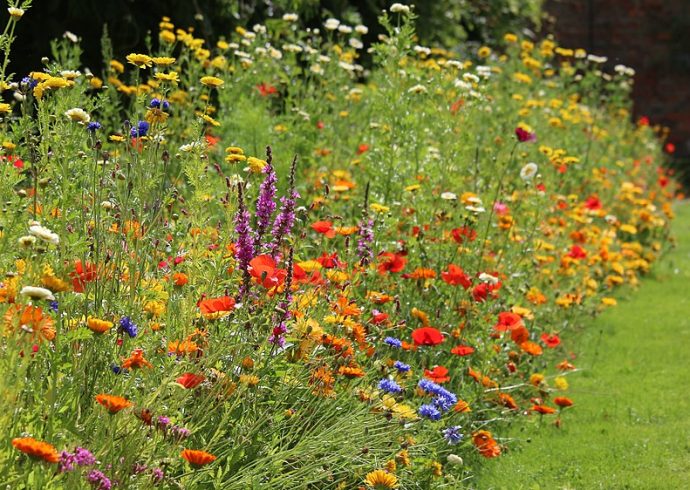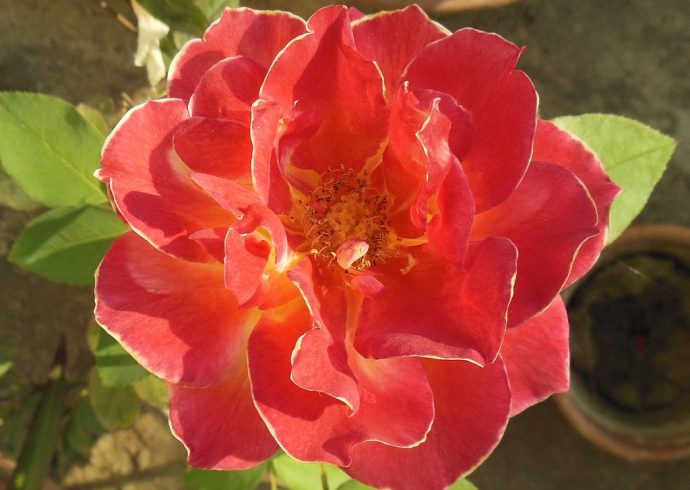
Growing Sabbatia plants
Known as a salt marsh plant, the sabbatia is a member of the gentian family and grows wild but can be trained to grow in gardens. The plant grows 2′ to 3′ in height and has large, showy flowers with dark green centers. The colors of the flowers usually come in a rose pink, with lighter variations. The leaves on the stems appear at intervals which give the impression of long, slender stalks grouped together with just a hint of leaves showing on the outside. In the wild, the sabbatia grows in meadows and by lakes, anywhere where the soil is rich with minerals. A native of the east coast, the sabbatia has been used by Native Americans in the past as a medicinal herb, which has decreased the plentifulness of this flower in its native habitat along the east coast. Sabbatia can still be found occasionally in the wilds, however, and in wildflower seeds or plants at the local nursery.
One factor to keep in mind when deciding to include the sabbatia in your garden is that this is a moisture loving plant. If it is not possible to plant in the ground with plants that prefer slightly drier soil, the sabbatia can be planted in a large planter where conditions for the plant to blossom have an increased chance. In some cases the plant may grow outside of a moisture rich area, but will not blossom profusely.
The sabbatia will grow in full sun or partial shade in your yard. The bright pink flowers can easily grace any garden that may have any other variety of flowers with a hint of what grows near a marsh.
When preparing the soil for the sabbatia, check the pH balance. This plant likes an acidic soil, so it may be necessary to adjust the pH of it with any special soil designed for this purpose. A mixture of some lime with compost added to the soil makes for a nice, rich soil this plant will love. Once these components are well blended together with the well drained soil, then you can plant the sabbatia. Water the plants once they are in the soil.
Fertilizer is not necessary for sabbatia as they do well in nature without it. The soil should be kept moist but not waterlogged. If one is used, the pot should have drainage holes at the bottom with a layer of small rocks below the soil level. So long as the plants are happy with their properly kept soil conditions, the sabbatia will blossom throughout the summer months.
Image Credit: Bob Peterson from North Palm Beach, Florida, Planet Earth!, CC BY-SA 2.0, via Wikimedia Commons.


